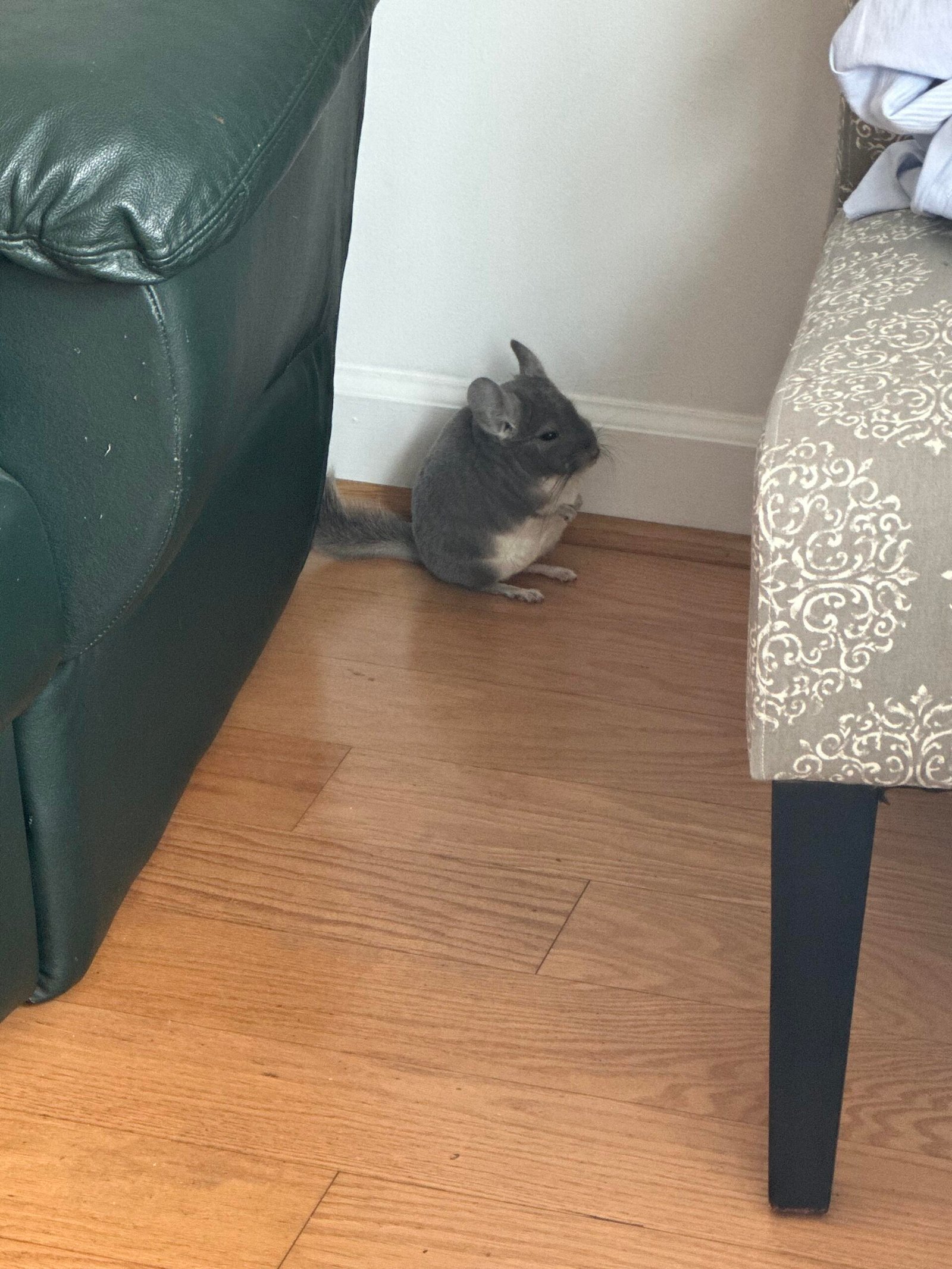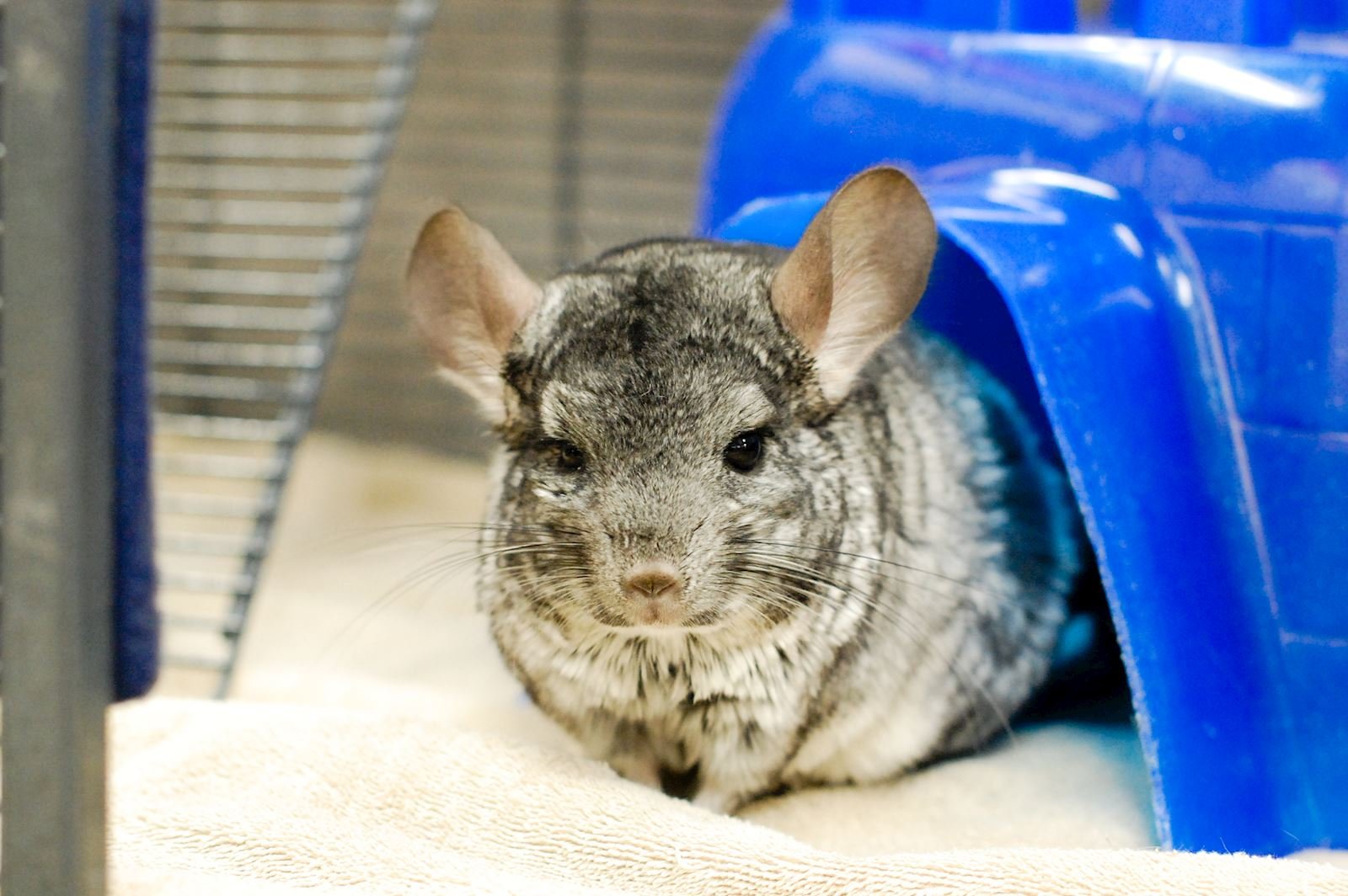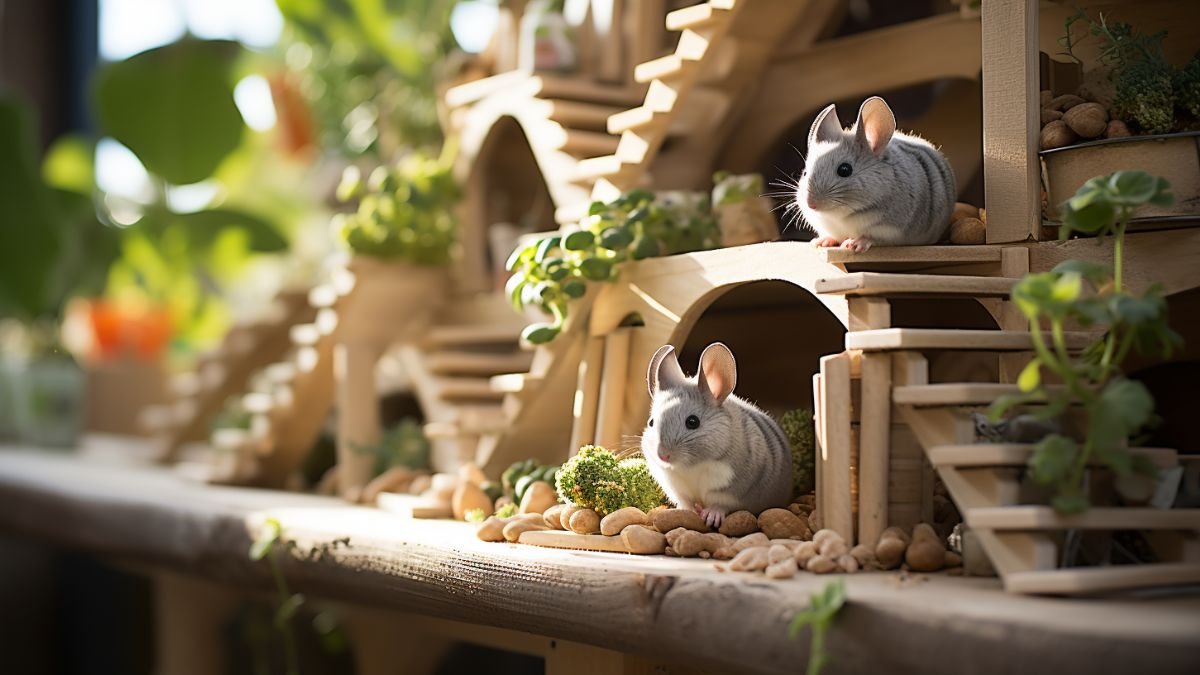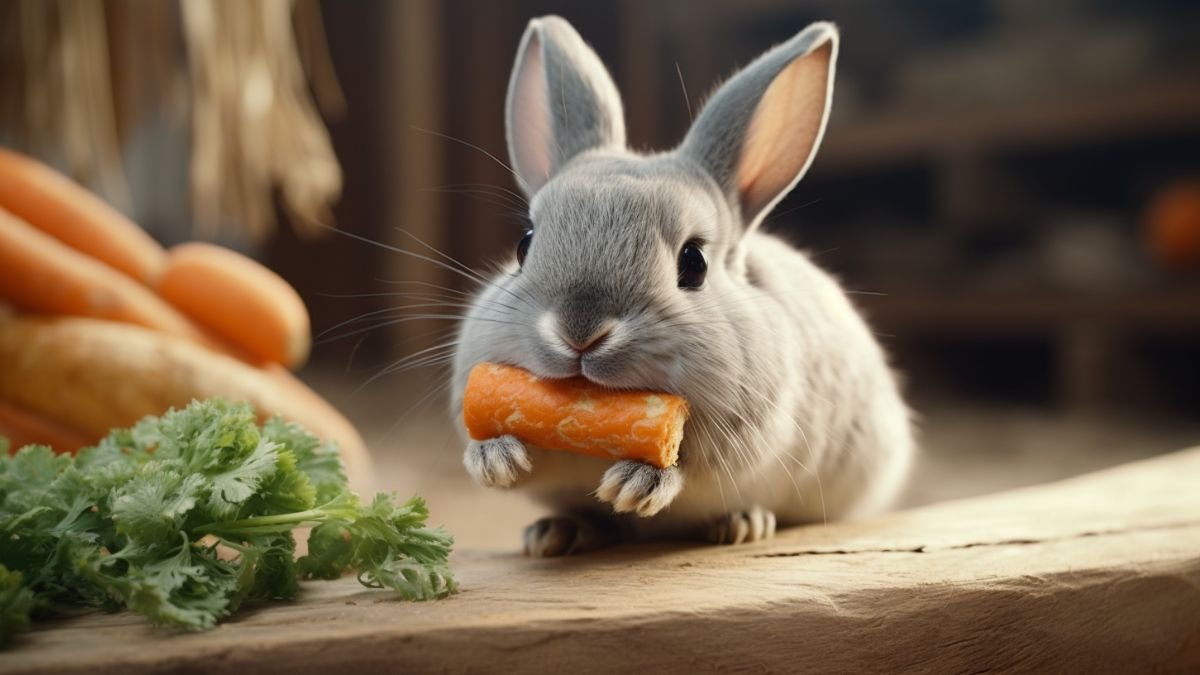Are you struggling to keep your pet motivated during training without worrying about overfeeding? Using treats is one of the best ways to encourage good behavior, but it’s easy to go overboard.
Too many treats can lead to weight gain and health problems, while too few might make training frustrating for both of you. What if you could find the perfect balance that keeps your furry friend eager to learn without piling on extra calories?
You’ll discover simple, effective strategies to use treats wisely, so your training sessions stay productive and healthy. Keep reading to unlock the secrets of smart treat-giving that benefits both you and your pet.
Credit: kohapet.com
Choosing The Right Treats
Choosing the right treats is key to successful training without overfeeding. Treats should reward good behavior while keeping your pet healthy. The right treats make training fun and effective. They help maintain your pet’s weight and energy. Focus on treats that support your training goals and your pet’s well-being.
Low-calorie Options
Choose treats with few calories to avoid weight gain. Low-calorie treats allow you to give more rewards. This keeps your pet motivated during training. Look for treats labeled as low-calorie or light. Vegetables like carrots or green beans are good choices. These options help balance training rewards and health.
Healthy Ingredients
Pick treats made from natural, healthy ingredients. Avoid treats with artificial colors, flavors, or preservatives. Whole foods like chicken, sweet potato, or fish are ideal. Healthy treats support your pet’s digestion and energy. Check ingredient lists carefully to ensure quality. Healthy treats keep your pet happy and strong.
Size Matters
Use small-sized treats to control portion size. Tiny treats reduce calorie intake during training sessions. Small pieces are easier for your pet to eat quickly. Break larger treats into smaller bits if needed. This helps maintain focus and speed during training. Size control prevents overfeeding while still rewarding your pet.
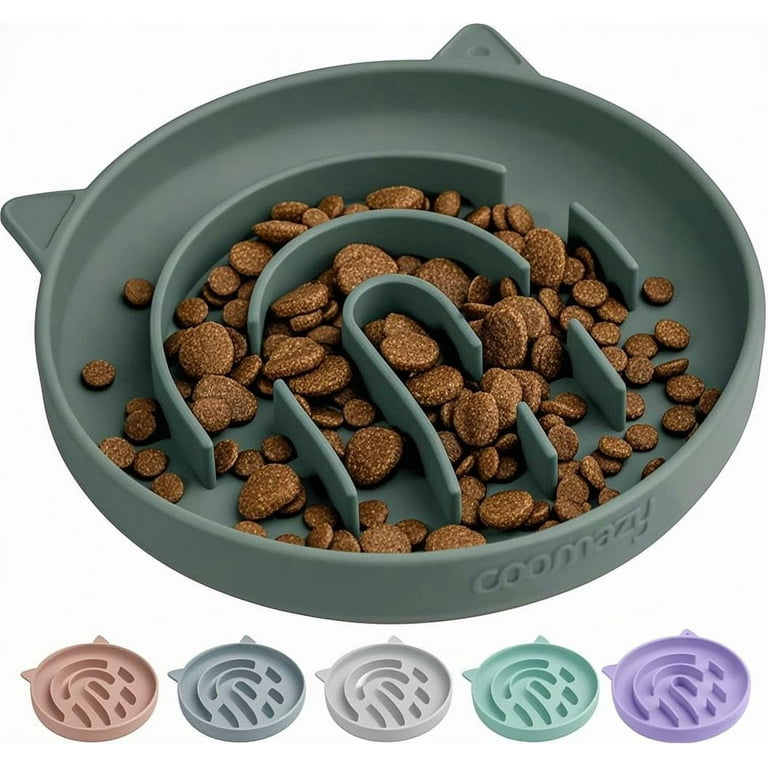
Credit: www.walmart.com
Timing Treats Effectively
Timing treats well is key to successful training. Giving treats at the right moment helps your dog learn faster. It also keeps training fun and clear. If treats come too late, your dog might not connect the reward with the action. Good timing makes treats powerful tools for teaching.
Use treats to make learning strong. Treats should follow the behavior immediately. This shows your dog exactly what you want. The faster the reward, the better your dog understands the lesson.
Rewarding Desired Behaviors
Give treats right after your dog does what you ask. This tells your dog the behavior is good. For example, if your dog sits, offer a treat right away. This helps your dog know that sitting brings rewards. Consistent timing makes good habits grow.
Using Treats As Motivation
Treats can encourage your dog to try hard. Use small treats to keep your dog eager. Treats should feel special, not common. This way, your dog stays excited to learn. Timing treats during training keeps your dog focused and willing.
Avoiding Overuse
Too many treats can cause weight gain. Use treats wisely and in small amounts. Replace some treats with praise or petting. This keeps your dog healthy and happy. Good timing helps you give fewer treats without losing progress.
Alternative Rewards
Treats are helpful during training but too many can cause weight gain. Alternative rewards give your pet motivation without extra calories. These rewards keep training fun and healthy.
Verbal Praise
Use a happy voice to say “Good job” or “Well done.” Dogs and other pets love hearing your kind words. This makes them feel proud and eager to learn more. Verbal praise is quick and easy during training sessions.
Playtime Incentives
Use play as a reward for good behavior. Short games like fetch or tug-of-war work well. Playtime keeps your pet active and happy. It also strengthens your bond and encourages learning.
Physical Affection
Petting, gentle pats, or a belly rub can be great rewards. Many pets enjoy touch and feel loved with physical affection. Use this reward to calm and encourage your pet during training. It costs nothing and builds trust between you.
Adjusting Daily Food Intake
Adjusting your pet’s daily food intake is key during training with treats. Treats add extra calories. Without changes to regular meals, pets can gain unwanted weight. Careful adjustment keeps your pet healthy and motivated.
Balancing Meals And Treats
Reduce the amount of regular food to balance treat calories. For example, give fewer kibbles during main meals. This helps keep total daily calories steady. Treats should not replace full meals. They are rewards, not food substitutes.
Monitoring Caloric Intake
Track how many calories your pet eats each day. Calculate calories from food and treats combined. Use pet food labels for accurate numbers. Keep a daily log to prevent overfeeding. Adjust treat size or number if calories rise too much.
Consulting A Veterinarian
Ask your vet for advice on daily feeding amounts. Vets know your pet’s weight, age, and health needs. They can suggest the right food and treat balance. Regular check-ups help track your pet’s weight and health. Follow vet guidance to avoid feeding mistakes.
Training Strategies To Minimize Treats
Training your pet without overfeeding treats is key to their health and learning. Using treats smartly helps keep your pet motivated without adding extra calories. This section shares easy strategies to reduce treat use during training.
Using Treats Intermittently
Give treats sometimes, not every time. This keeps your pet guessing and more interested. Use treats only for big wins or new tricks. Praise and petting can replace treats for small successes. This reduces the total treats given.
Shaping Behaviors Gradually
Break down behaviors into small steps. Reward the first small action, then wait for better efforts. This way, your pet learns bit by bit. It needs fewer treats as they get better. Training becomes clearer and more fun for your pet.
Fading Treat Dependence
Slowly give fewer treats over time. Replace treats with praise, toys, or play. Your pet learns to obey without expecting food. This builds strong habits and stops treat overuse. It keeps training healthy and balanced.
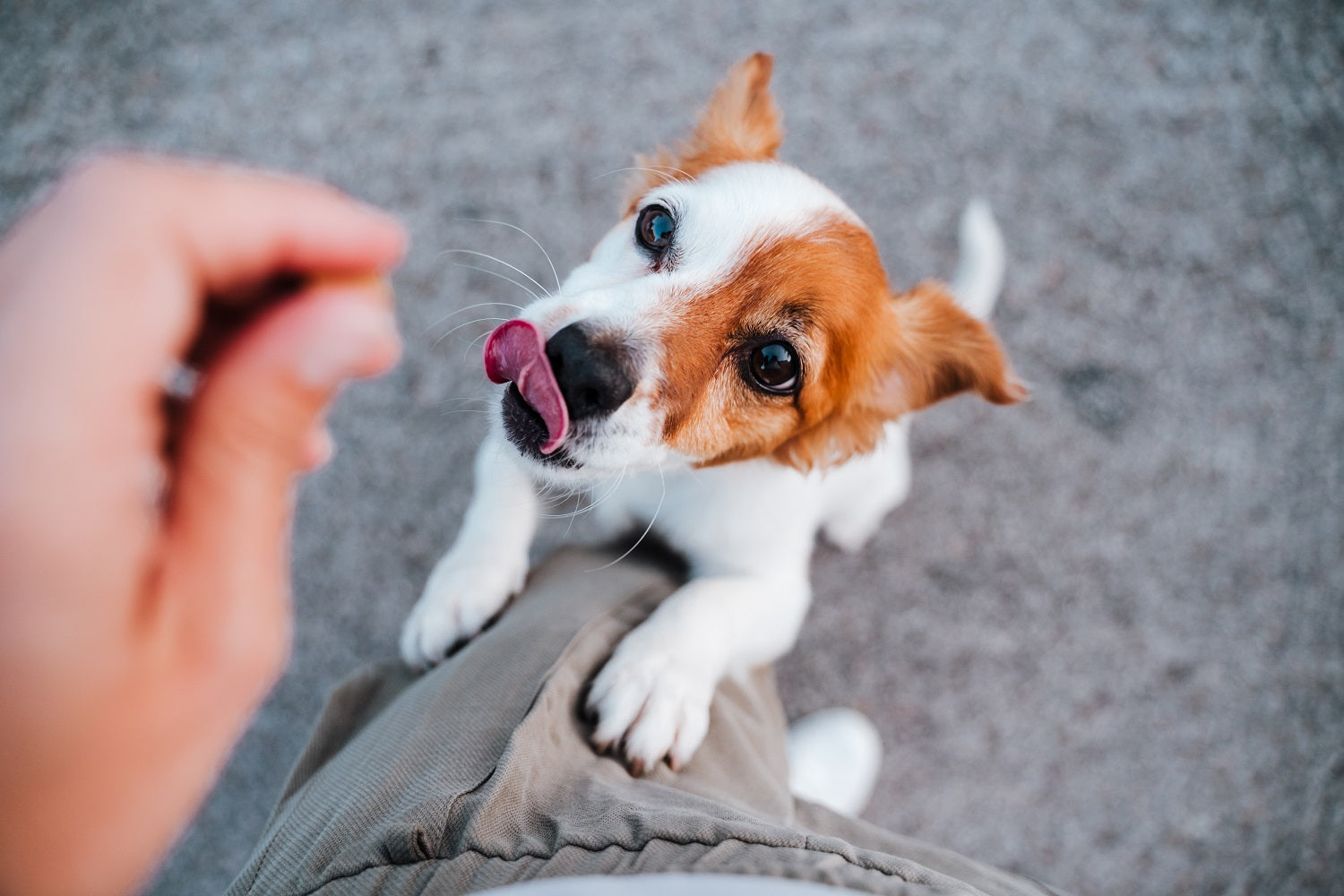
Credit: dogdelitreats.com
Frequently Asked Questions
How Many Treats Should I Give During Training Sessions?
Limit treats to 10% of your dog’s daily calorie intake. This avoids overfeeding and keeps training effective. Use small, low-calorie treats to maintain portion control.
What Are The Best Low-calorie Treats For Training?
Choose treats like small pieces of carrots, apple slices, or commercial low-calorie dog treats. These satisfy your dog without adding excess calories.
How Can I Balance Treats With Regular Meals?
Reduce your dog’s meal portions slightly to compensate for treats given during training. This helps maintain a healthy overall calorie intake.
When Is The Best Time To Give Treats During Training?
Give treats immediately after your dog performs the desired behavior. Timely rewards reinforce learning and keep your dog motivated.
Conclusion
Treats can boost your dog’s training success. Choose small, healthy treats to avoid weight gain. Use treats only as rewards for good behavior. Balance treats with regular meals and exercise. Pay attention to your dog’s hunger and energy levels. Training should stay fun and positive for your pet.
With careful planning, treats help without overfeeding. Keep your dog happy and healthy every day.

